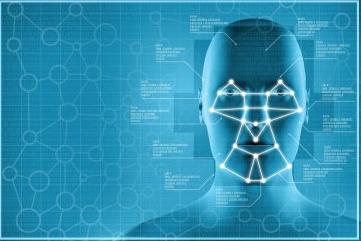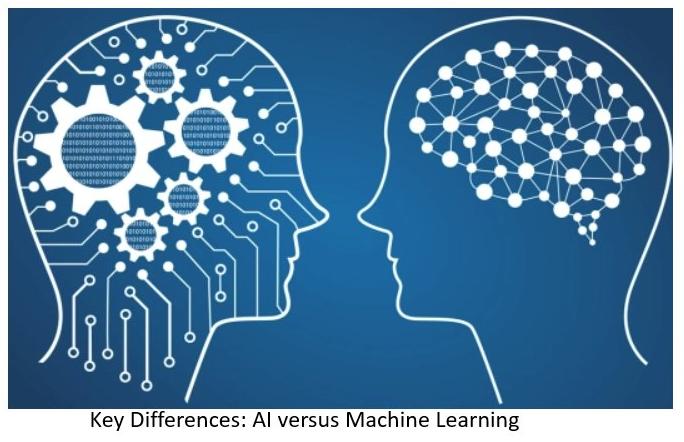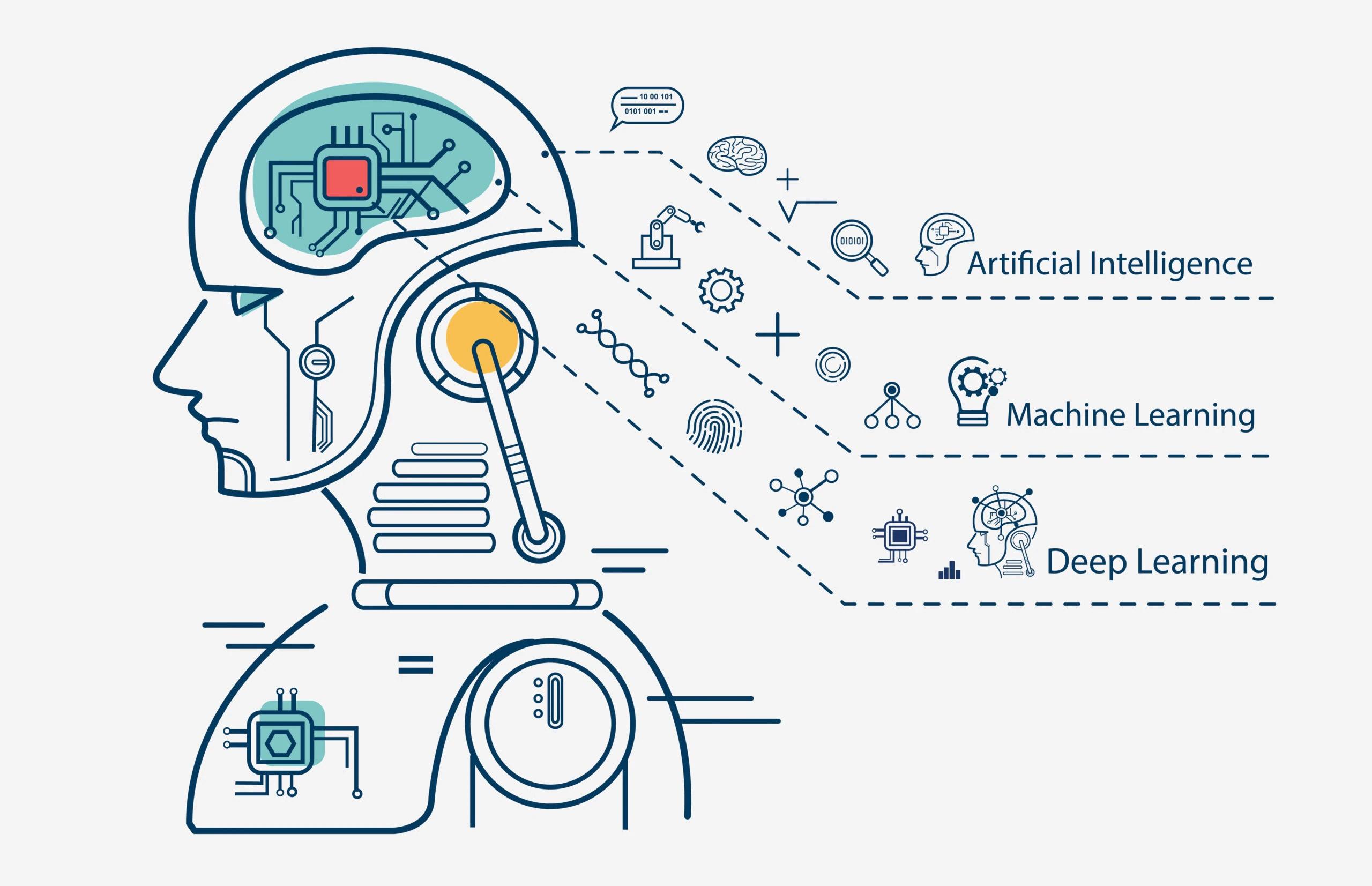Updated By: LatestGKGS Desk
Scientists develop machine learning system for face recognition

Scientists develop a model that recognises face and captures aspects of human neurology
A latest research published in Computational Biology develops a new computational model of human’s brain face-recognition mechanism that captures aspects of human neurology.
Massachusetts Institute of Technology (MIT) and their colleagues design a machine-learning system that implemented the model, trained to recognize particular faces by feeding it a battery of sample images.
Trained machine system shows a face's degree of rotation
MIT finds out that the trained system included an intermediate processing step that represented a face’s degree of rotation i.e. 45degrees from center but not the direction, left or right.
The property wasn’t built into the system while emerged surprisingly from the training process and duplicates an experimentally observed feature of primate face-processing mechanism.
The lead researcher, Tomaso Poggio aforesaid that models are kind of cartoons of reality, especially in biology and it’s a strong evidence that they are on the right track.


